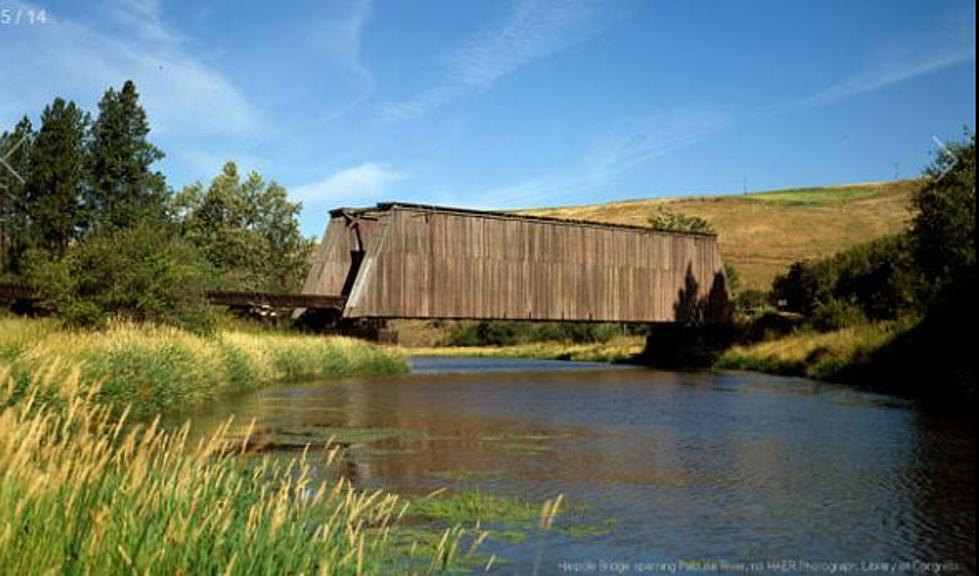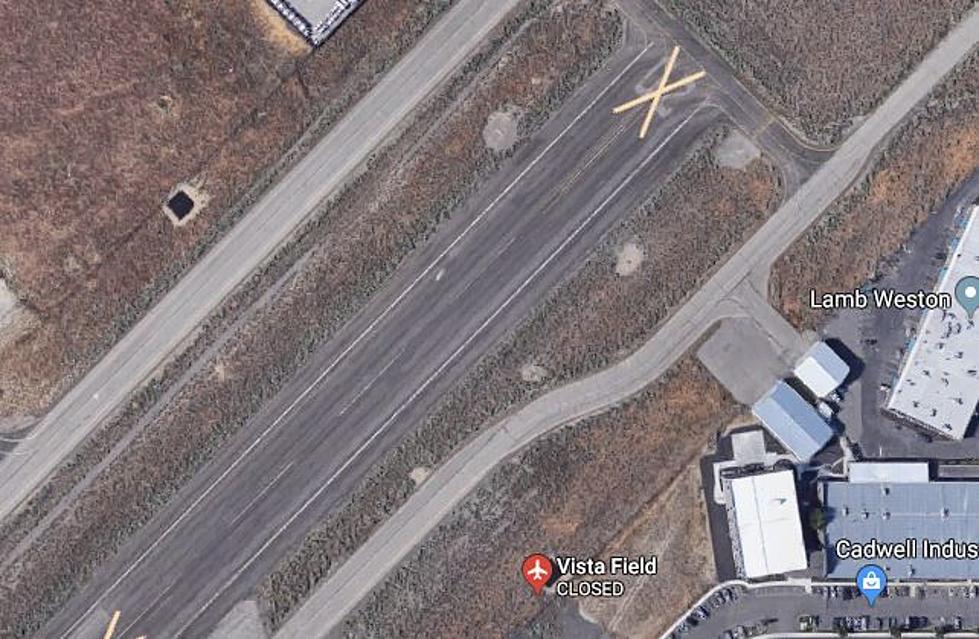
Vista Field – A Piece of Tri-City History Goes Away (PICTURES)
It's been featured quite a bit in the news the last couple of years, mainly for economic and political reasons. But few are noticing the history of one of the Tri-Cities most unique landmarks that will now be going away.
You don't have to be an aviation buff to appreciate the role that certain landmarks play in the history of the Mid-Columbia. Vista Field in Kennewick was one of those.
The field officially closed at the end of the day December 31st. 2013. In a nutshell, for the last decade, the Port of Kennewick had struggled to keep the field in the black operationally. Despite use by Cadwell Labs, Pacific Cataract and Laser Institute, and Advanced Medical Isotope Corporation (AMIC) and several other businesses, the field was losing money. According to the port, annual losses were at least $10,000. Despite several reprieves and efforts to further industrialize the area, the decision was made in early 2013 to close the airfield for good. The 4000 foot long runway and surrounding property will be sold off to developers, and part of this process will be removal of the hangers, fuel stations, buildings, runways and other support infrastructure.
Shortly after closing, painting crews placed 5 huge X's on the runway, indicating per FAA rules to pilots that the field is closed, and not to be used for landings. The airport beacon, which for years swiveled it's bright flashing light across Western Kennewick, was also turned off. The last airplane to fly out of Vista was a 1952 Cessna private plane owned by 64-year-old Burt Goranson of Pasco, who had been storing the plane there. He made it out by the 5pm deadline on December 31st., heading to Prosser.
The field played a role in helping train Navy pilots who flew in the Pacific Theater during World War II. It took shape in 1942, after the Kennewick Irrigation District - who had acquired the land - transferred the land to the City of Kennewick for use as municipal airport. It was then leased to the U.S. government, who used it as an auxiliary landing and training field for the Pasco Naval Air Station, now the Tri-Cities Airport. Pilots who would be soon making bombing runs and flying from aircraft carriers fighting the Japanese learned their craft flying from Pasco and Vista and made thousands of bombing runs in the White Bluffs area north of Pasco. To this day, farmers still occasionally find old bombs and munitions in their fields left over from WWII (most of them were dummy bombs that didn't carry a full explosive charge, just enough to scatter white paint or flour and show if they hit the target).
After the war the city re-acquired the field and used it as an airport until the 1970's when the first of several attempts were made to close it. Public outcry kept it open and attempts to refurbish and increase it's use were made over the next 30 years, until the final decision was made to close it.
While very few old photos exist of the field during WWII, the website Abandoned and Little Known Airfields created by Paul Freeman shows a 1948 picture of the area. Vista Field originally had 3 runways, and was in the shape of a "T". Across the top of the 4000 foot largest strip was a shorter 3500 foot strip. It contained large white markings and was outlined to look like an aircraft carrier. Freeman believes those markings were used by Navy pilots to practice taking off and landing from the carriers they would be flying from in the Pacific. At the time the field was used during WWII, most of Western Kennewick was undeveloped, with hundreds of acres of open land.
Soon the dismantling of the field will take place, and if the City and Port are successful, in a number of years no one will recognize what was once an important piece of Tri-Cities history.
Seen below is a map of Vista Field, from the 1945 Army Air Force (AAF) Field Directory, courtesy of Scott Murdock and website Abandoned and Little Known Airfields. Also pictured is a 1996 U.S. Geological Survey picture of Vista. In that image you can see where the old 'aircraft carrier' runway has largely been removed - allowed to fade away. Also pictured is a lineup of WWII Naval Aircraft staged at Vista's sister field, the Pasco Naval Air Station during WWII. While the planes were not permanently staged at Vista, many of these type of aircraft flew out of the field in Kennewick.
More From 870 AM KFLD









